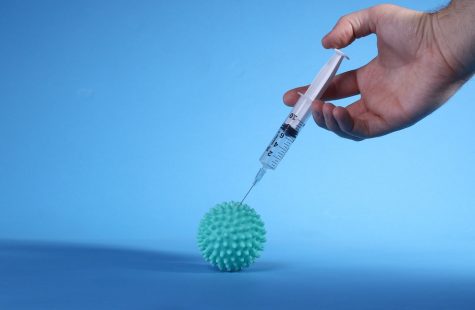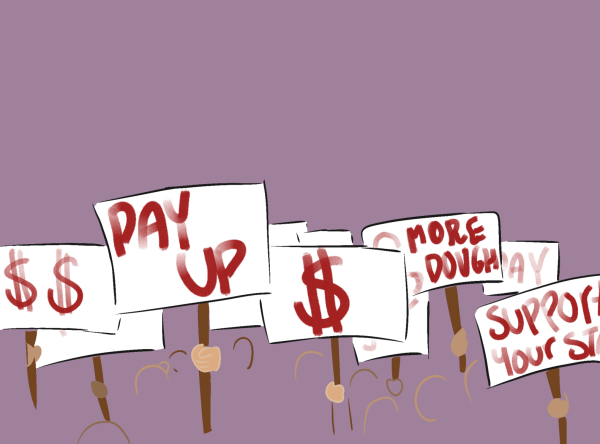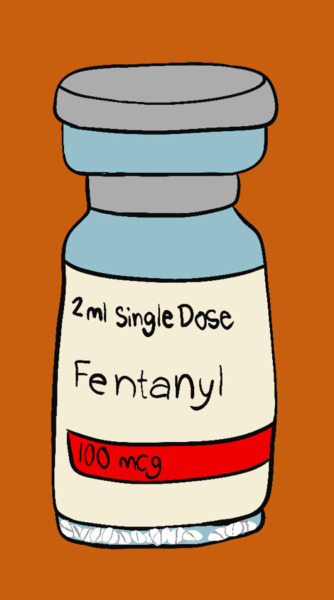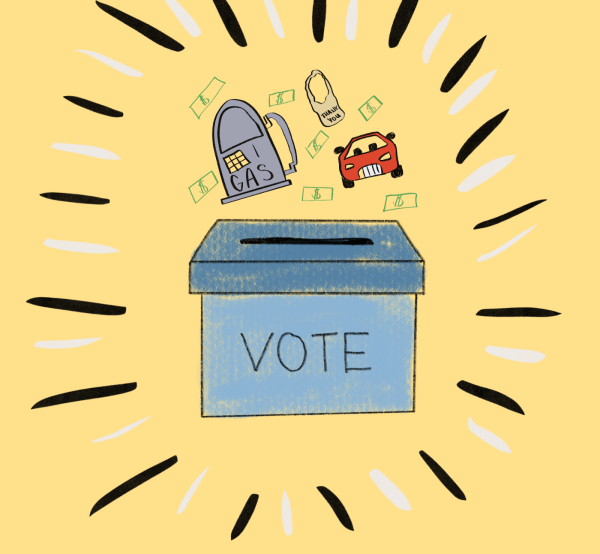What vaccine efficacy rates really mean
April 12, 2021

With COVID-19 vaccines becoming increasingly available for the public, more and more people are looking to get vaccinated.
“I definitely feel lucky to have gotten Pfizer, rather than Moderna or J&J,” Lake Oswego High School senior Christopher Dettmer stated. “Since I was vaccinated just last week, my daily life hasn’t really changed, but I anticipate being able to participate in more activities later in April. I also work in an office, so I’ll have some peace of mind when I’m around new people every week.”
Currently, Pfizer, Moderna and Johnson & Johnson are some of the mainstream companies that produce COVID-19 vaccines with efficacy rates of 95 percent, 67 percent and 66 percent, respectively. Although one may assume that Pfizer is the best vaccine to get with the highest efficacy rate of 95 percent, the efficacy rate is not the only factor when choosing one vaccine over another.
By definition, vaccine efficacy is “the percentage reduction in a disease in a group of people who received a vaccination in a clinical trial.”
A vaccine’s efficacy rate is found from large clinical trials including tens of thousands of people. The population of individuals then split into two groups, which are the placebo group (those who didn’t get the vaccine) and the vaccine group (those who were vaccinated). These people are then monitored by scientists over the course of months to see if they contract COVID-19 or not.
For instance, Pfizer’s trial consisted of 43,000 participants in both groups. At the end of the experiment, a total of 170 people were infected with COVID-19. Out of the 170 infected individuals, 162 of them were part of the placebo group and 8 were part of the vaccine group. This means that those who were vaccinated were 95 percent less likely to contract COVID-19, thus having an efficacy rate of 95 percent.
An important thing to understand is that vaccine efficacy is not the same as vaccine effectiveness. The 95 percent efficacy rate of the Pfizer vaccine does not mean that out of 100 vaccinated individuals, five of them will get sick. Instead, the 95 percent applies to the individual, and means that they are 95% less likely to get sick than a person without a vaccine each time they are exposed to COVID-19.
Although all companies performed their efficacy trials in the same way, each trial can be performed in varying circumstances. Circumstances can include location (only in the U.S., internationally, etc.), time span (during peak or plateau periods of COVID-19) and other factors.
Johnson & Johnson’s trial took place in other countries outside of the U.S. such as Brazil and South Africa. In these countries, not only were the case rates high, but the strain of the virus was different as well. These factors may have affected their relatively-low efficacy rate for their vaccine compared with those of other companies.
Finally, an important thing to note is that, out of all the vaccine groups in the trials of various companies, not even one individual died or was hospitalized from COVID-19. All three of these vaccines are highly effective in preventing people from hospitalization or death. Although efficacy does have its uses, the main thing to look for in a vaccine is if it will keep a person safe from the virus, which experts say all of these excel in doing.








